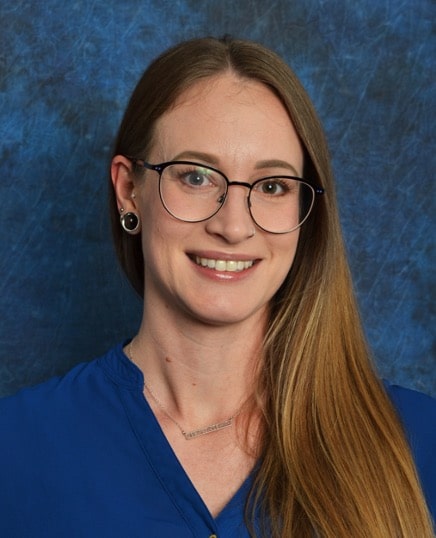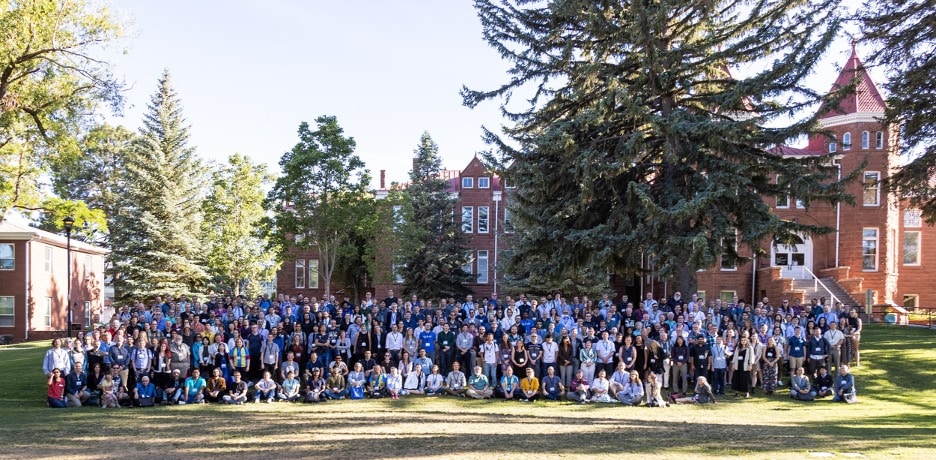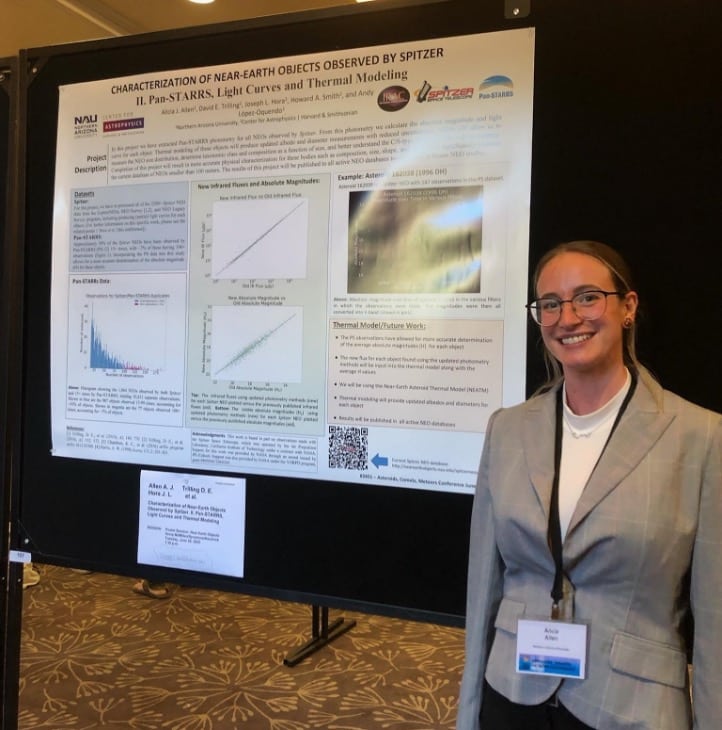
The Asteroids, Comets, and Meteors Conference started Sunday evening with a reception. This particular event, to me, felt a bit like the cafeteria on the first day at a new school—everyone already seemed to know everyone and I, the social anxiety-ridden introvert who had only just finished my first year of grad school, felt completely overwhelmed and out of place. I was surrounded by people who were celebrities to me: Bill Bottke, Richard Binzel and Peter Jenniskens, among so many others. These are people whose papers I had been reading for years, people who have made huge strides in the name of astronomy and asteroid science, sitting at adjacent tables and eating the same dinner buffet as me. I recognized some other fellow first- and second-year grad students, and we clung to each other like life vests, keeping each other afloat in the social sea we had been plunged into. We dipped early to grab a beer, reluctantly vowing to branch out during the remainder of the week and meet people, we really would—just, not yet.
The conference
The ACM Conference is held every three years, and doing the math on that, the last iteration was—yep, you guessed it—canceled due to it being the height of the COVID-19 pandemic. Therefore, this year created a lot of excitement for those in the ACM community who had not attended this conference for six years and of course for those like me who would be able to attend, and present my own research in a non-virtual setting, for the first time.
The structure of most of the days were the same: breakfast at 7:30 a.m., then the conference center was divided into three rooms based on a more specific topic where several series of 12-minute talks were given on the presenter’s most recent research findings. Some of these topics included asteroid surfaces, comet dust properties, meteor trajectories, colors of trans-Neptunian objects and laboratory studies of impacts, just to name a few. I chose the ones of most interest to me or greatest relevance to my projects and placed myself at tables with new faces each time. These talks spanned the remainder of each morning and were full of interesting information (you definitely didn’t want to forget a means for note-taking!) of recent findings, updated results, talks of upcoming missions, modeling experiments and new coding programs. I took note of the talks I found most fascinating and sought out the speakers during our coffee breaks to introduce myself and express interest in further communication about their work, of which they were all extremely pleasant and receptive. The afternoons consisted of either more of these smaller session talks or larger 25-minute auditorium setting plenaries, and one afternoon deviated from the typical schedule with offerings of field excursions to Meteor Crater, Sunset Crater or the Museum of Northern Arizona. One evening concluded with a banquet at Lowell Observatory and another night another reception at the conference center.
My research
Tuesday was the largest deviation from the typical schedule, as this day was reserved for all the poster presentations. This was my big day. Poster sessions were divided into three consecutive sessions that each consisted of several categories, and I presented in the session including “Near-Earth Objects: Observations.” For my project, a group effort like most science, we re-processed observations of more than 2,200 near-Earth objects (NEOs) from the Spitzer Space Telescope and the Pan-STARRS telescope in Hawaii to be input into a computer model, which would provide size and brightness values for each object. Building off this, we can make other determinations about these objects, such as their shapes and compositions, each of which is an invaluable factor to conclude about any asteroid which could make the list as being potentially hazardous to Earth (due to their proximity and orbits). Therefore, knowing these aspects of NEOs is very important for planetary defense reasons as well as for understanding the history and evolution of our solar system. My poster and final results (which are yet to come) garnered lots of interest, communication and requests for collaboration.
My (non-scientific) results
After spending almost six whole days with more than 500 professionals in the field, being immersed in their science, their inquisitive minds and their fun personalities, I felt like a part of the community. As the week came to a close, I recognized more people than I didn’t, I had been able to meet my current collaborators and those from my undergraduate research that I had never seen in person, I got a chance to reconnect with those I worked with before and discuss new projects, and I made countless new connections with scientists who in the future may be my co-collaborators, my employers or even my friends. I learned a lot and met a lot of people, concluding that astronomy is equal parts science and social, and I now look forward to the chance to mingle at the day-one reception of ACM 2026.




